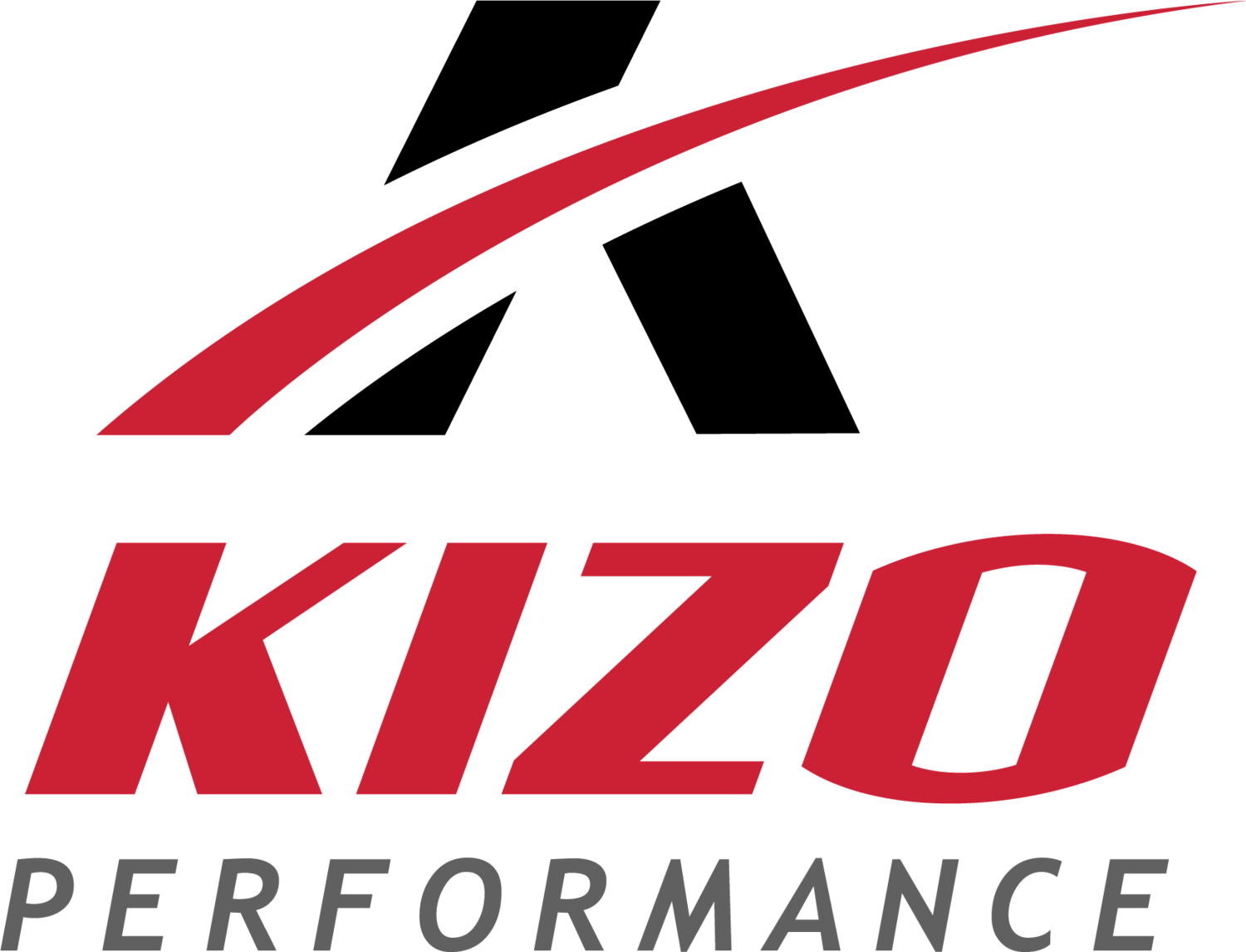Cultivate Your Culture: How to Develop Character
5 min readWhat you’ll learn
How values play into team culture
Results vs Commitment
Aggression, Passivity, and Passive Aggression as toxic behaviours
On episode 10 of Cultivate Your Culture, Zoran hosted Adam Kreek, a two-time Olympic rower and executive coach. He specializes in leadership development and strategic planning through his keynote series and workshops.
Language, Unspoken
Adam defines team culture as the unspoken language of understanding how work gets done on a team. Language is a foundation of culture, and he has experienced that companies that control the language being used in an environment will influence the behaviours that are exhibited by team members. By “speaking the unspoken”, you can identify where the culture is lacking. Once rituals that embody the company values are integrated, the expectations are set and the culture becomes a stronger feeling.
Adam says that within the right culture, teammates can feel supported and driven to discover their mastery. A good team culture will bring out the best in its individuals, while a toxic one will expose the worst.
The Traits of Culture
In alignment with other CYC guests, Adam says that conversations examining culture need to begin with the leadership team. Culture is led by example, and in larger organizations there’s a higher level of observation; people are constantly judging, emulating, and deciding whether or not to respect their leaders. Adam stresses the importance of leaders to buy in with cultivating culture for this reason, and to look within themselves to find what core values they hold. By having a solid understanding about what drives them and living through that, they are able to lead more effectively, and their followers will see this dedication. Because culture is a difficult feeling to wrap their head around, value judgements are the first way we determine the leadership qualities of an individual. When we’re able to articulate the values of a culture and incorporate them into the veins of the organization, such as through hiring practices, rewarding successes, or conducting performance reviews, the company as a whole will see a better outcome.
When identifying core values, Adam says that values should not be aspirational, but rather how the team operates when it shows up at its best. He also factors in the memorability of core values so team members are able to recite them. Using an acronym, such as ROI for respect, openness, and improvement, is one way to do this. It’s also good to identify what are your organization’s organizational values, leadership values, and individual values. By identifying these and setting goals around them, individuals can become better integrated and contribute to both themselves and the organization as a whole. Adam also brings up consistency, a core tool discussed in many of the CYC episodes. He finds that inconsistent behaviours can be toxic to the team environment, and too often values are created and never revisited. Having repeated interventions, correcting behaviour in accordance with values, and frequent check ins will better create a culture that drives excellence and performance.
Not to the Fire
In Adam’s opinion, a common purpose with a great sense of “why” separates the good teams from the great. When everyone in an organization feels supported and that they are moving towards the same goal, they are typically a higher performing team. With this comes the idea of psychological safety, in that teammates are given permission to grow and be challenged, but within the safety of their organization.
In addition, Adam notes that effective leaders are able to balance both results and commitment. Focusing too much on results sees high anxiety, turnover, and internal fighting within the culture, and performance suffers when commitment is focused on too much. Ultimately, the best leaders are able to drive results while holding individuals accountable, and this will be given back by the teammates. Zoning Culture
The Disease of Me
When asked about toxic behaviors, Adam explained the triangle of assertiveness. The points are aggression, passiveness, and passive aggression: three toxic behaviors that can affect team culture. Passiveness includes constant deflection of responsibilities, aggression is focusing only on individual values instead of those of the collective, and passive aggression is ultimately lashing out with snide comments that will bring down moral on both sides of the conversation. Adam wants to see more assertiveness in individuals, but within the bounds of the collective values of the organization.
A good metric of culture is to measure employee engagement, either through surveys, examining performance results, engaging in focus groups, and having conversations with leadership teams in the organization. Over time you will get a sense of which direction you are trending towards and respond accordingly. Adam says to focus on the behaviours you can engage in to cultivate culture. Find ways to live your values and focus on what you can control.
Making it Happen
Identify your own core values and find ways you can live them on the day to day, even if just for small moments of time. For example, if you value time in nature, make time to take a daily outdoor walk. Learn more about core values here.
Question how safe your teammates feel in your organization. Can they both give and receive feedback? Do they feel comfortable taking on larger projects? How do you treat mistakes vs successes? Learn more about this here.
Check out Adam’s book The Responsibility Ethic.




